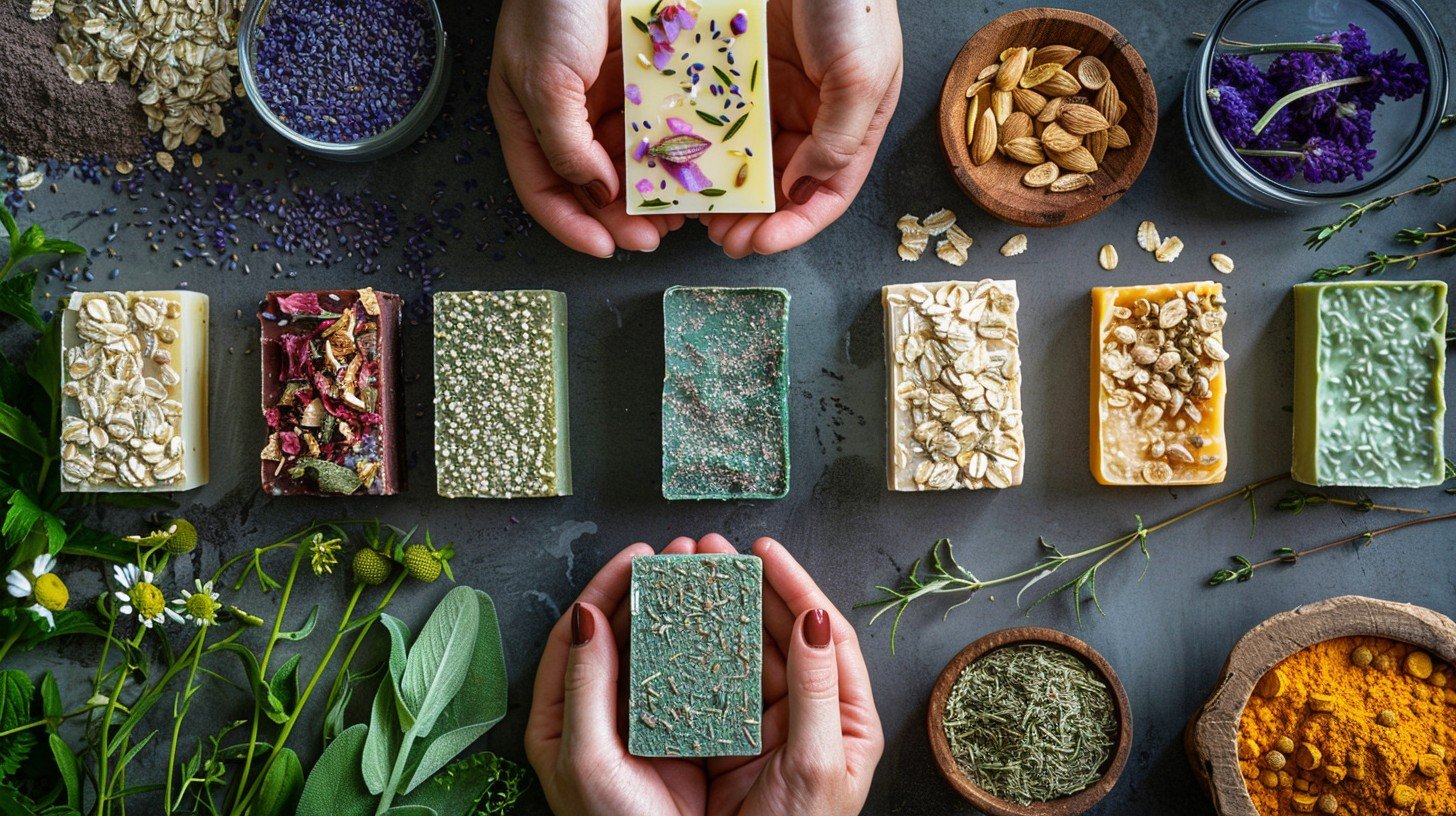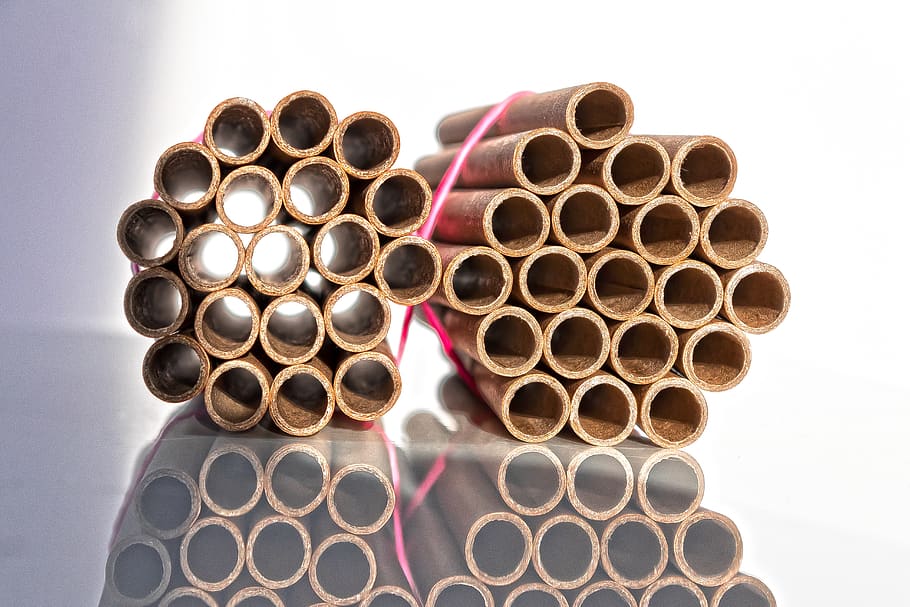
Techniques for Unique Designs When Making Soap
The process of designing and crafting soap offers many creative opportunities. By experimenting with techniques like swirling, layering, embedding, and texturing, you can turn basic soap making supplies into works of art. These approaches allow each bar of soap to have different patterns and styles while remaining fully functional. Here are some methods you can use to create unique handcrafted soaps:
Swirled Designs
Swirling allows soap makers to create designs that resemble marble or flowing water. To achieve this effect, pour different soap bases with appropriate liquid or powdered dyes and swirl gently. The movement produces striking patterns, such as wispy lines, dramatic spirals, and feathered designs.
One method is the in-the-pot swirl, where several colors are combined in a single container to produce soft, marbled patterns. Another is the hanger swirl, in which a thin object, like a hanger, is dragged through layered soap to create flowing, dynamic designs. A black-and-white swirl resembles the smooth surface of polished marble tiles, while combinations of blues and greens may evoke waves crashing on the sand. These effects give soap bars an eye-catching, elegant finish.
Layered Patterns
Soap layering enables creators to build colorful layers and bold visual contrasts. Once the base layer has thickened slightly, a second layer is poured to maintain sharp definition. This gradual process prevents blending while keeping the colors distinct. Designers may alternate between light and dark shades to achieve striped patterns or smooth transitions.
Some layers can be left smooth to create clean lines, while others are textured to add visual depth and dimension. If you want your soap to resemble striped candy, use pink and white colors in alternating layers, pouring carefully to avoid mixing. Layered bars can also incorporate natural clays and powdered herbs to produce earthy tones. This technique offers various possibilities for structured, colorful soap designs.
Embedded Shapes
Embedding is the process of inserting pre-formed objects or decorative shapes into soap to enhance the final design. Soap makers may include small soaps shaped like stars, hearts, or flowers within larger batches. This method turns simple soap making supplies into fun and visually striking creations.
Soap makers can place colored shapes in clear soap bases so that they appear to be floating within the finished bar. The embedding process is customizable; this makes it ideal for special occasions such as holidays, birthdays, and themed collections. It can also incorporate exfoliating ingredients, like oatmeal, poppy seeds, or ground herbs, to add texture and functionality.
Stamped Textures
Stamping and texturing add visual depth and variation to the surface of a soap bar, enhancing its appearance. Artists can use silicone mats with floral or geometric patterns, carved tools, or everyday items such as forks and fabrics to create unique impressions. If you have a sponge, press it onto the soap’s surface to produce bubbly textures reminiscent of coral reefs or natural stone.
This technique also allows soap makers to emboss designs, words, or decorative images on firmer surfaces. The details may appear more vivid when highlighted with mica dust or natural powders. A practical benefit of these techniques is that they help add grip, making the soap less slippery.
Explore Soap Making Supplies
Soap makers can use supplies like fragrance oils for scent, natural clays for earthy tones, powdered dyes for bright colors, and exfoliants for adding texture. These ingredients help create artistic effects, and they are well-suited for themes such as nature and seasonal celebrations. Soap makers can use colors, textures, and scents to experiment and refine their techniques. Gather your soap-making materials and start creating unique designs today.
- Are You Facing Fall Protection Challenges? Discover Innovative Solutions
- How to Know When You’re Financially Ready to Purchase a Home
- First-Time Home Buying: Achieving Your Dream
- Eco-Friendly Homes for Sale: Finding Green Properties with a Knowledgeable Agent
- Buying a Home in 2025: What’s Different Now
Sign up with your email and always get notifed of zerodevicesnet Lifestyles latest news!






